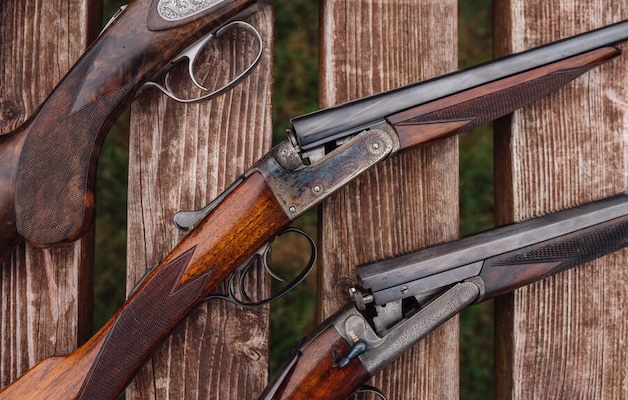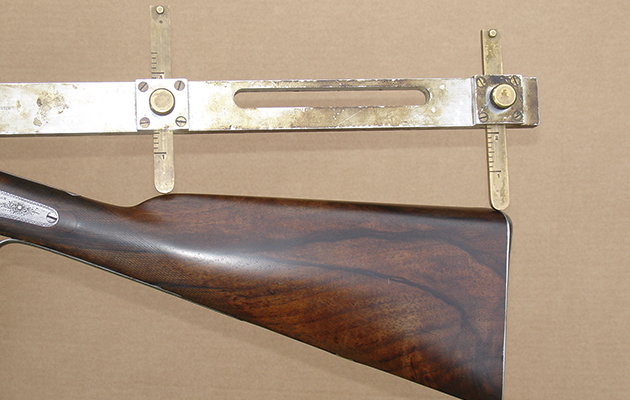Does your shotgun need a bit of attention at the end of the season? Follow Michael Yardley's tips for shotgun restoration
Is your cherished old gun really worth restoring? Are you being overly sentimental about it? Would the money be better spent elsewhere? If you have decided to press ahead then my tips for shotgun restoration will help you to make the most of the process and hopefully save you money and time. Read more here on adapting old guns for steel shot.

Carefully consider the restoration options before venturing into a project
Tips for shotgun restoration
This is what I would advise every would-be shotgun restorer to think carefully about before proceeding.
- Set a budget.
- Don’t over-restore. For, example, original but faded colour hardening on an action may look better than bright brush polishing (or new colour hardening).
- If re-blacking barrels, consider refreshing the engraving of the maker’s name.
- Replacing screws or re-cutting and re-engraving heads can make a huge difference to the final look but cost little more.
- If you need to re-proof the gun, consider extending chambers to 23⁄4in as pressures are no greater and value as well as versatility will be enhanced.
- Consider modern techniques such as laser micro-welding (as offered by Carr’s Welding Technologies) to repair pitting on lock plates and action furniture.
- Trigger guards and action furniture may, like screws, be re-engraved without much cost but to good cosmetic effect.
- Replace any springs, swivels or strikers that are worn.
- If a stock needs extending, consider doing this by means of a Silver’s pad, which may add as much as a 1in (more with a spacer) and which will be more in keeping with an older gun aesthetically.
- If you are re-sleeving or re-barrelling, one of the best tips for shotgun restoration is ensure barrels are regulated for point of impact as well as pattern, and try to match the weight distribution of the original barrels. (Read The Field’s guide to shotgun barrels.)
- If you are re-chequering the stock make sure the work is done by a master craftsman as a mediocre job can mar an otherwise competent restoration.
- Use the gun normally to develop patina on the new finish.
Questions to ask before starting a restoration project
- How old is the gun?
- Has the gun had much work done to it before? For example, is the grip thin from refinishing?
- Has it been subjected to extended storage or continual use or abuse?
- What are the bores like? (Bored or gauged shotgun – what’s the difference?)
- Has the gun been re-proofed at some stage?
- Are the barrels and chambers the original length?
- How much choke is left in them? (Read The Field’s guide to shotgun choke.)
- Are they tight on the action face?
- Was the gun nitro-proofed when made?
- What do the bores measure – both 9in from the standing breech (as is required by law to assess proof status) and, critically, for minimum wall thickness? Will refinishing leave them too thin?
- Are the ribs firmly attached to the barrels?
- Do they ring when tapped, or rattle?
- Are there any cracks in the action? Note especially the area where the standing breech meets the action table, and, if a Boss gun, around the hinging bushes.
- Do ejectors, triggers, strikers, top lever and safety function properly? (Some old guns have ejector A systems that are easier to work on than others, and it is much the same with single triggers – some specimens of which can leave even a competent gunsmith bewildered.)
- Is there significant pitting? How deep is it? Would repair be worthwhile?
- Is the engraving worn?
- Are screws/pins in good condition?
- Are there any cracks in stock or fore-end? (To be sure, it may be necessary to disassemble the gun and remove the locks in the case of sidelocks.)
- Is the case in need of replacement or restoration?

Follow my tips for shotgun restoration, think about the questions and you’ll find you can make the right decisions.






